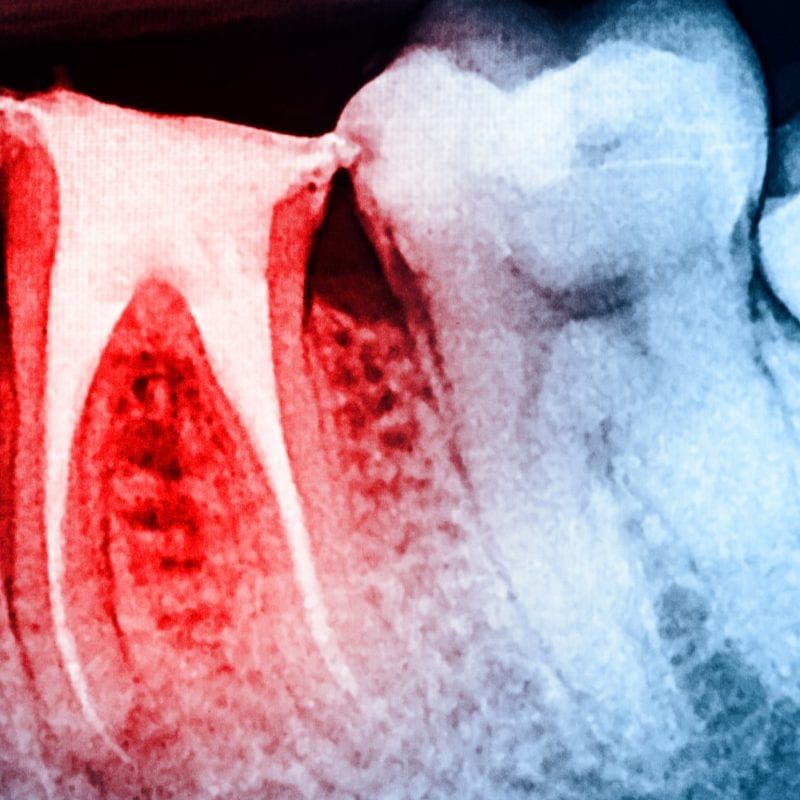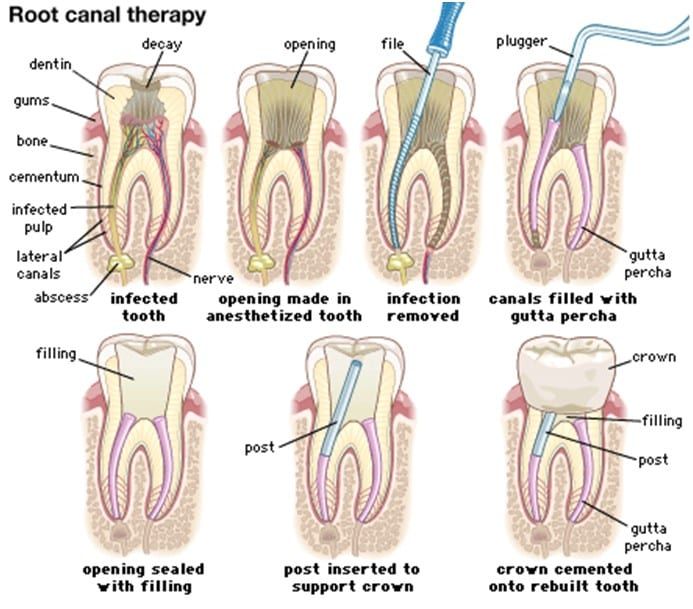Root canal treatments may seem like a simple and specified treatment, and that’s because tooth anatomy is a massive hurdle when it comes to disinfecting and treating teeth. Ultimately, finding issues within the tooth structure, such as cracked teeth, necrotic pulp, or infected root canals, often lead to unnecessary tooth extractions. One of the best parts of the endodontic field is the ability to look at the patient’s case, understand their position, and look into more conservative options for saving the tooth rather than abandoning it entirely. The diagnosis process can often be filled with misjudgments about the current state of the tooth, specifically when it comes to understanding the symptomatic causes of tooth pain. Many details about the root canal system can be missed, but all of that can be avoided with the proper tools at hand.
Because of this, we’ll be looking into three areas of technology that have revolutionized the diagnosis and treatment of root canal infections and tooth damage. These areas have been changing the way many endodontists today work within their framework and have improved their diagnostic skills to become more top-notch in their field of work. From the introduction of the endodontic microscope to automatic irrigation systems, we’ll be looking into the advantages of these pieces of technology and see why we recommend them in any endodontic practice.
The Microscope and Endodontic Microsurgery
The dental operating microscope was originally introduced in the mid-1970s, and since then, the microscope has been a great asset. Endodontists can directly visualize the anatomical tooth through a microscope alongside the use of diagnostic radiographs. They enable us the ability to prepare successful access to the cavity and find all the canals to help facilitate a diagnosis. By illuminating and magnification the area, problems such as hairline fractures can be better observed and often improve treatment plans. This transformative trend is credited to Dr. Gary Carr, often considered the father of microscopic endodontics, who now owns Excellence in Endodontics, who specializes in surgical equipment for endodontists and helps advance research for individual practices.
Nowadays, the use of microscopes is considered completely necessary in endodontic procedures because it grants endodontists the ability to look inside the endocanals and find problems that often couldn’t be seen through x-rays and radiographs. This also allows for smaller openings due to improved visibility and helps conserve the coronal tooth structure. With this development, microsurgery is also possible. Procedures such as apicoectomies can be used with microscopes to remove inflamed or infected tissues, typically performed after a failed root canal treatment. The microscope is able to assist in both surgical and nonsurgical procedures and has been a piece of technology that probably won’t be going anywhere anytime soon.
Cone Beam Computerized Technology
Most often, CBCT technology is considered the standard of care, even while the microscope was considered that over 20 years ago. Today, many endodontists are often required or pressured to have CBCT machines in their offices because of their powerful uses. It’s applicable in diagnosis, surgical planning, implant treatment, and many other uses. Using this type of technology permits dentists to see inside the patient’s tooth alongside microscopes and has completely altered the way clinical treatments are performed. In many ways, CBCT technology is replacing the need for endodontic surgery or exploratory tooth access, giving dentists an insider’s look into what canals have been treated and what haven’t been treated. It’s a hands-free piece of equipment that can diagnose conditions without having to perform any surgery to diagnose the condition and has been able to save patients from unnecessary surgical and nonsurgical treatments.
By combining CBCT with microscopes, many dentists can see the inside and outside of the tooth, no matter its complexity. However, because of the expenses and complexity involved with CBCT technology, it requires endodontists to know how to interpret findings during the diagnosis process and understand the legal responsibilities involved in treatment. Any data captured from these images means properly scanning and documenting these findings for the patient. As the availability of this technology grows, it’ll hopefully be more available to individual practices to help improve the endodontic field.
Irrigation and Fluid Delivery Systems
Many endodontists are often dealing with curved canals, and the significant amount of curvature present within these teeth often prohibits effective disinfection and debris removal. Endodontic irrigation has been one of the major cornerstones of successful endodontic therapy, and with the advancement from conventional needle irrigation methods to fluid delivery systems, these new systems have brought many advantages to endodontists struggling with traditional methods for irrigation. It’s able to improve debris removal and disinfect the root canal system more effectively than needle methods, especially with curved canals such as the MB2 canal. When using irrigation agents such as NaCOL, it’s able to minimize the risk of hypochlorite accidents within the canals and can deliver large amounts of irrigant for cleaning the lateral and hidden canals without losing irrigant activation.
Through updating the system from the traditional needle method to a fluid delivery system, also allows endodontists to recognize new canals that were previously missed through previous appointments or insufficient radiographs. While this system is primarily used in the treatment process rather than as a diagnostic, finding and removing dental debris that’s contributing to a patient’s tooth pain makes this piece of machinery a vital aspect of endodontic dentistry. While traditional needle methods should always be improved upon and updated, maintaining this piece of technology for endodontic practices can help many patients over time experience better success rates and pain-free teeth.
The Trifecta of Endodontic Technology
These three pieces of technology help bring awareness for the possibilities for root canal treatment, and all contribute to a modern-day root canal system that helps save more patients’ teeth. Investing in these pieces of technology can help many endodontists improve their practice growth, and because these represent a game-changer for endodontics, it can present many more possibilities for endodontic practices in the future.






